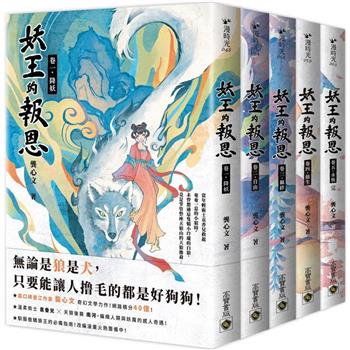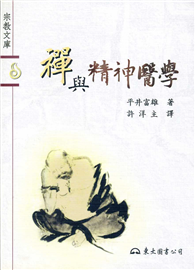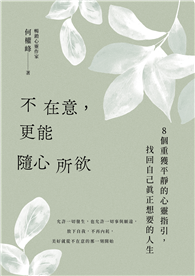The Night Land was revived in paperback by Ballantine Books, which republished the work in two parts as the 49th and 50th volumes of its Ballantine Adult Fantasy series in July 1972. H. P. Lovecraft’s essay "Supernatural Horror in Literature" describes the novel as "one of the most potent pieces of macabre imagination ever written". Clark Ashton Smith wrote of it that "In all literature, there are few works so sheerly remarkable, so purely creative, as The Night Land. Whatever faults this book may possess, however inordinate its length may seem, it impresses the reader as being the ultimate saga of a perishing cosmos, the last epic of a world beleaguered by eternal night and by the unvisageable spawn of darkness. Only a great poet could have conceived and written this story; and it is perhaps not illegitimate to wonder how much of actual prophecy may have been mingled with the poesy."... Plot summary The beginning of the book establishes the framework in which a 17th-century gentleman, mourning the death of his beloved, Lady Mirdath, is given a vision of a far-distant future where their souls will be re-united, and sees the world of that time through the eyes of a future incarnation. The language and style used are intended to resemble that of the 17th century, though the prose has features characteristic of no period whatsoever: the almost-complete lack of dialogue and proper names, for example. Critic Ian Bell has suggested that John Milton’s epic poem "Paradise Lost" (1667) is probably a partial literary inspiration for Hodgson’s novel, especially due to the hellish visions of sombre intensity which mark both works, and other similarities including the use of massive structures (the Temple of Pandemonium in Milton and the Last Redoubt in The Night Land).[2] Once into the book, the 17th century framing is mostly inconsequential. Instead, the story focuses on the future. The Sun has gone out and the Earth is lit only by the glow of residual vulcanism. The last few millions of the human race are gathered together in a gigantic metal pyramid, nearly eight miles high - the Last Redoubt, under siege from unknown forces and Powers outside in the dark. These are held back by a shield known as the "air clog", powered from a subterranean energy source called the "Earth Current". For millennia, vast living shapes-the Watchers-have waited in the darkness near the pyramid. It is thought they are waiting for the inevitable time when the Circle’s power finally weakens and dies. Other living things have been seen in the darkness beyond, some of unknown origins, and others that may once have been human.To leave the protection of the Circle means almost certain death, or worse an ultimate destruction of the soul. As the story commences, the narrator establishes mind contact with an inhabitant of another, forgotten Lesser Redoubt. First one expedition sets off to succour the inhabitants of the Lesser Redoubt, whose own Earth Current has been exhausted, only to meet with disaster. After that, the narrator sets off alone into the darkness to find the girl he has made contact with, knowing now that she is the reincarnation of his past love. At the conclusion of the adventure, the narrative does not return to the framework story, instead ending with the homecoming of the couple and his inauguration into the ranks of their most honoured heroes.................... William Hope Hodgson (15 November 1877 - April 1918) was an English author. He produced a large body of work, consisting of essays, short fiction, and novels, spanning several overlapping genres including horror, fantastic fiction, and science fiction. Hodgson used his experiences at sea to lend authentic detail to his short horror stories, many of which are set on the ocean, including his series of linked tales forming the "Sargasso Sea Stories"..............
| FindBook |
有 1 項符合
The Night Land (1912). By: William Hope Hodgson: Fantasy, Horor novel的圖書 |
 |
The Night Land (1912). By: William Hope Hodgson: Fantasy, Horor novel 作者:Hodgson 出版社:Createspace Independent Publishing Platform 出版日期:2018-05-02 語言:英文 規格:平裝 / 268頁 / 27.94 x 21.59 x 1.42 cm / 普通級/ 初版 |
| 圖書館借閱 |
| 國家圖書館 | 全國圖書書目資訊網 | 國立公共資訊圖書館 | 電子書服務平台 | MetaCat 跨館整合查詢 |
| 臺北市立圖書館 | 新北市立圖書館 | 基隆市公共圖書館 | 桃園市立圖書館 | 新竹縣公共圖書館 |
| 苗栗縣立圖書館 | 臺中市立圖書館 | 彰化縣公共圖書館 | 南投縣文化局 | 雲林縣公共圖書館 |
| 嘉義縣圖書館 | 臺南市立圖書館 | 高雄市立圖書館 | 屏東縣公共圖書館 | 宜蘭縣公共圖書館 |
| 花蓮縣文化局 | 臺東縣文化處 |
|
|
圖書介紹 - 資料來源:博客來 評分:
圖書名稱:The Night Land (1912). By: William Hope Hodgson: Fantasy, Horor novel
|











